3, Jalan Makmur 1,
Taman Perindustrian Cemerlang,
81800 Ulu Tiram,
Johor, Malaysia.
+6016-733 1290 (Mr. Ng)
.jpg)



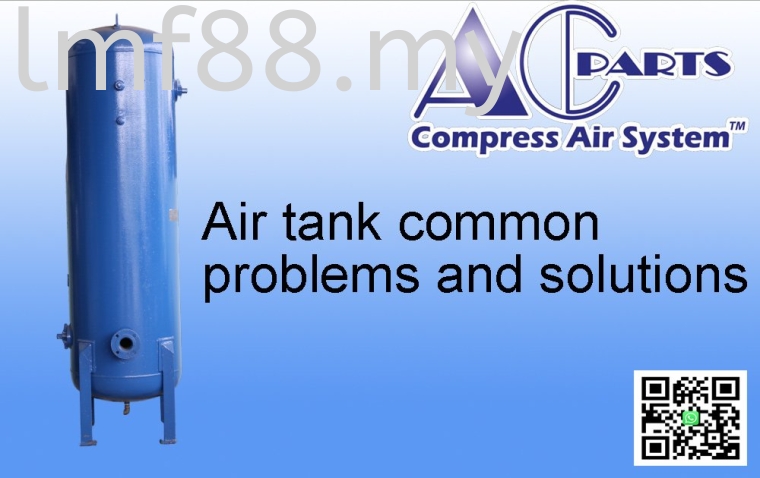
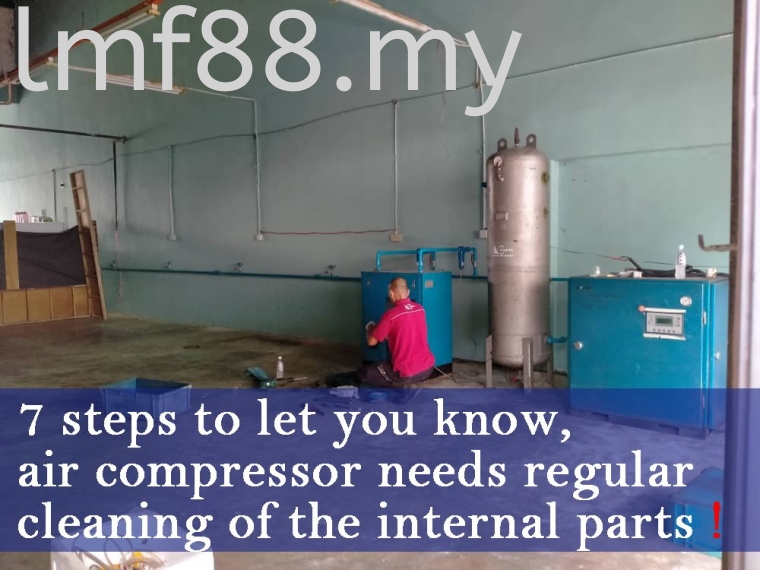
.jpg)
.jpg)

.jpg)
.jpg)
.jpg)
.jpg)
.jpg)


.jpg)


.jpg)
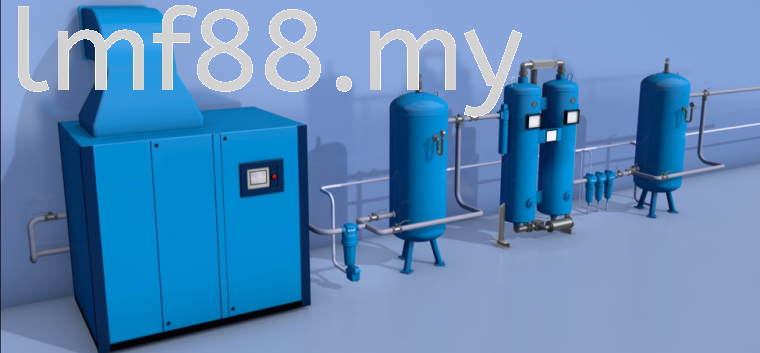
.jpg)

.jpg)
(1).jpg)
.jpg)
_png_1.png)


.png)

.jpg)
.jpg)
.jpg)
.jpg)
.jpg)
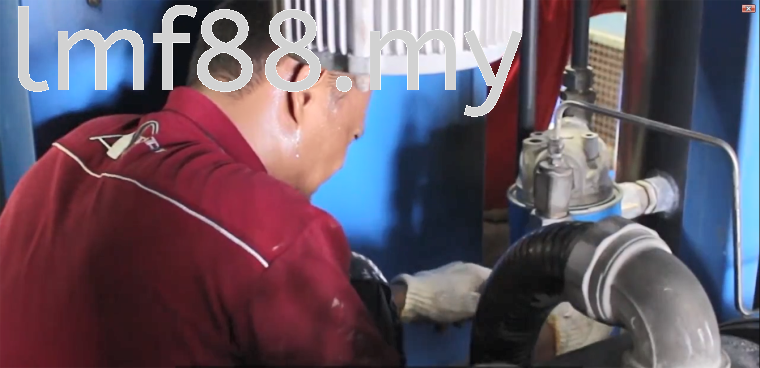
When Troubleshooting Doesn't Work Sometimes Contact a Professional
Sometimes, replacing or tightening the problematic part may not be enough. If you've tried your best to troubleshoot your air compressor and you're still having problems, it may be time to contact compressor service. It also helps to remember that preventive maintenance helps troubleshoot these problems before they occur. Our experienced technicians can help ensure the job is done correctly. If you have problems with your air compressor, please contact us today!


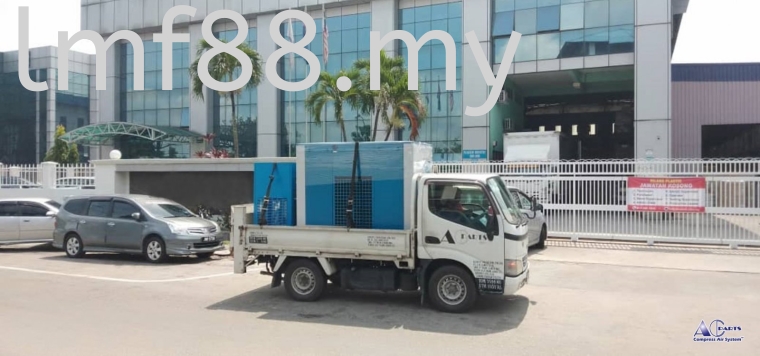

Anything that uses oil increases the carbon footprint in the atmosphere. It eventually leads to global warming, and everyone knows how that affects the earth. You can take the first step to save the planet by using oil-free air compressors. They are not just eco-friendly but also more efficient than traditional air compressors.
Engineers these days are trying to come up with devices that require less energy without compromising their performance. One of the best products they have come up with is an oil-free air compressor. Many reasons contribute to the popularity of this device including:
When you use oil-free air compressors, you benefit from two ways: first, it consumes less energy. This means you will not have to pay a significant amount of money for electric bills at the end of each month. It is a huge relief for those who want to save the planet while keeping more money in their pockets. Fluid-are dynamics air compressors, for one, is one of the companies that provide a variety of these energy-efficient products with different capacities. You can select one that suits your daily needs and stop paying hefty energy bills every month.
Another benefit of oil-free air compressor is it puts less pressure on your facility’s resources. Therefore, all the other systems can run efficiently because they don’t have to focus only on the air compressor.
Oil-free air compressors can improve air quality to a great extent. They don’t emit hazardous wastes or gases that may harm the environment. The absence of oil in the entire system doesn’t allow smoke to pollute the air, thus contributing to a greener environment.
Oil contamination can ruin products and slow down your production stage. It increases the time for which your facility works. Longer hours mean more money spent on labor. That’s the problem with traditional compressors. They run the risk of oil contamination. Once there is oil contamination, you cannot make the compressor work until it goes through full servicing.
This kind of problem doesn’t happen with oil-free air compressors because they don’t use oil in the first place. There are no risks of contamination. That means you can save a lot of money on heating, lighting, running tools and machines, cooling systems, and labor. A small investment in an oil-free air compressor can go a long way to saving a lot on additional overheads. It can reduce your delay in production, making everyone happy because no one has to work for long hours.
Every person has to come ahead and contribute if they want to save the planet. Even the smallest contribution can help to keep the earth clean and green. Using oil-free air compressors is one of the ways you can achieve that objective. Your action can encourage thousands to follow in your footsteps in the future.

Speaking at the Asean-South Korea Commemorative Summit here today, Dr Mahathir said among the most promising industries in Malaysia is Information Technology (IT) and new technologies.
“We may be behind many others but we intend to catch up.
“We need to educate from young where they are more familiar with the new values, new strategy of doing things and new kinds of businesses,” he told a full house session moderated by Yoon Sung Woon of Bain and Company.
The local partner of the global management firm also asked Dr Mahathir on policy changes brought about by the new government as well as the country’s transformation plans.
The premier said Malaysia has always been welcoming towards foreign countries and investors, and this is still relevant despite the change in the government.
However, he said, the government now is strict about combating corruption and does not accept any discrepancies in financial management.
“We still welcome foreign investors,” he said, adding that the fastest way to develop is by inviting foreign investment and acquiring technology.
The CEO Dialogue session, organised by the Korean Chamber of Commerce and Industry, is held in conjunction with the two-day summit which begins today with a leaders’ welcoming dinner.
Later, the prime minister visited the Malaysian Pavilion at the Invest Asean Exhibition held in conjunction with the summit.
Malaysian exhibitors participating at this event are MIDA, Matrade, Invest Selangor, Halal Development Corporation, Usaha Strategik Sdn Bhd (USSB), We Build Easy Sdn Bhd and Tourism Malaysia Seoul.
It is expected to receive 10,000 visitors.
Dr Mahathir was briefed by USSB, which produces biomass pellet from oil palm empty fruit bunch.
Its executive director Za’im Hadi Meskam said the prime minister was interested in how the local company developed the product.
USSB initially collaborated with a German company to acquire technology to produce energy pellets from biowaste but later switched to a technology partner from China.
“About 60 per cent of the technology was developed locally and our product is now used by an industrial boiler in Johor,” he said. — Bernama


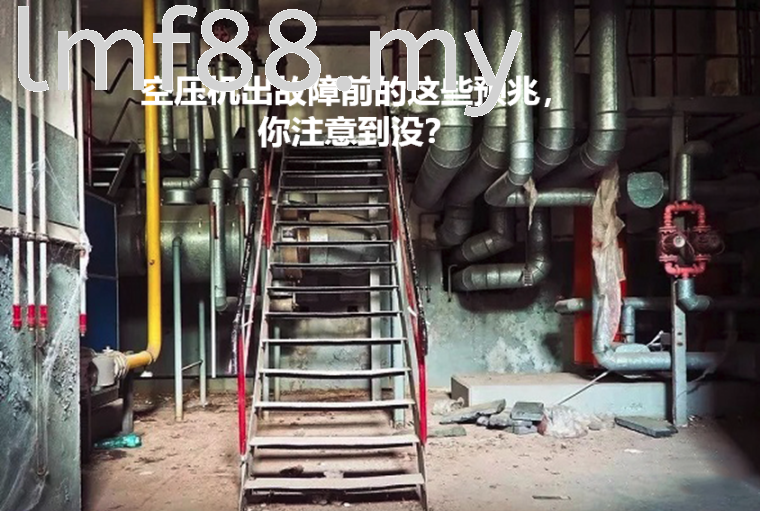
.png)

